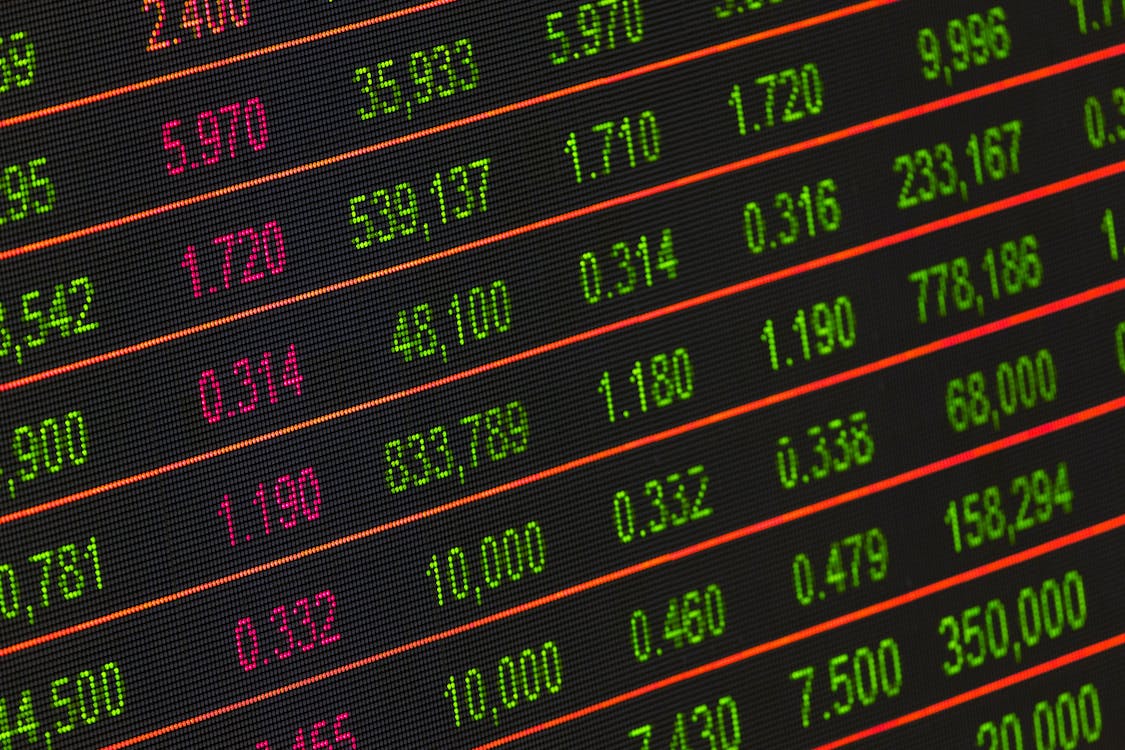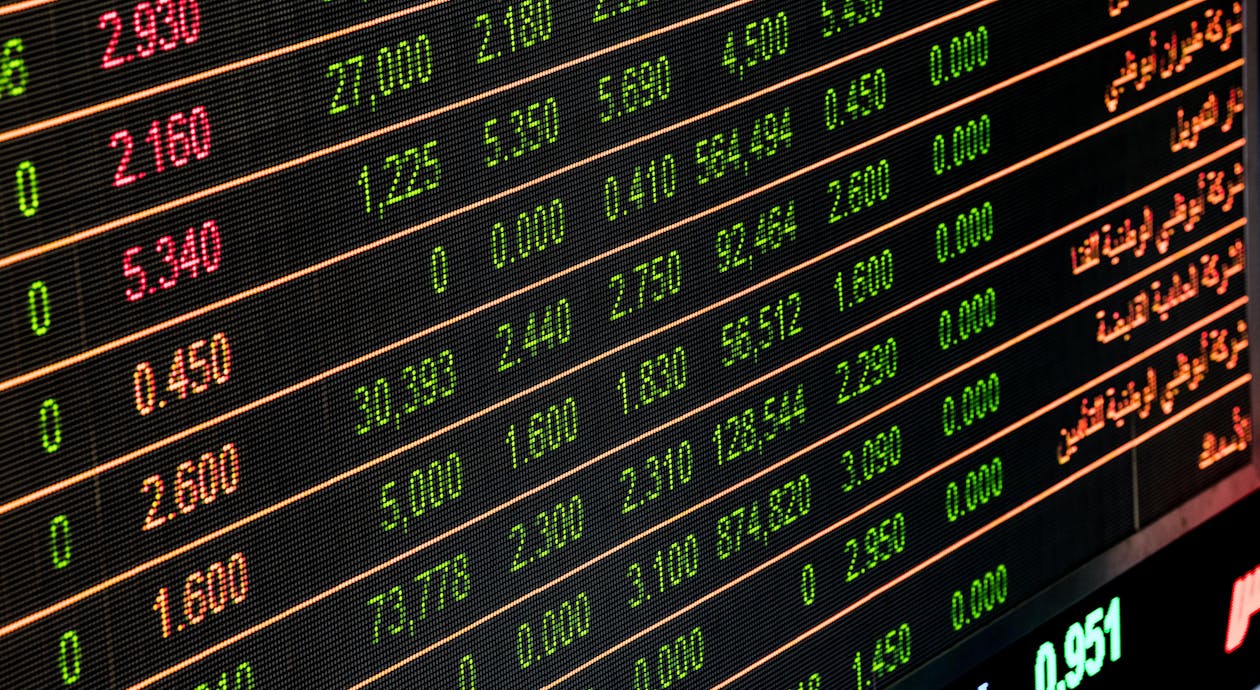Exploring Algorithmic Trading With Golang
Author: ChatGPT
February 28, 2023
Introduction
Algorithmic trading is a form of automated trading that uses computer algorithms to determine when and how to trade financial instruments. It has become increasingly popular in recent years due to its ability to quickly and accurately execute trades, as well as its potential for high returns. As a result, many traders are now turning to algorithmic trading as a way to maximize their profits.
Golang is an open-source programming language created by Google in 2009. It is designed for building reliable, efficient, and scalable software applications. Golang has become increasingly popular among developers due to its simplicity and ease of use. In addition, it is well-suited for algorithmic trading due to its speed and scalability.
In this blog post, we will explore the advantages of using Golang for algorithmic trading and discuss some tips for getting started with it. We will also look at some of the most popular algorithmic trading strategies that can be implemented using Golang.

Advantages of Using Golang for Algorithmic Trading
Golang offers several advantages when it comes to algorithmic trading. First, it is fast and efficient, which makes it ideal for executing trades quickly and accurately. Additionally, Golang is highly scalable, meaning that it can easily handle large amounts of data without slowing down or crashing. Finally, Golang is easy to learn and use, making it accessible even for those who are new to programming or algorithmic trading.
Another advantage of using Golang for algorithmic trading is that it allows traders to create custom algorithms that can be tailored specifically to their needs. This means that traders can create algorithms that are optimized for their particular strategies or markets they are targeting. Additionally, since Golang is open-source software, traders have access to a wide range of libraries and tools that can help them create more sophisticated algorithms than would otherwise be possible with other languages such as Python or Java.

Tips For Getting Started With Algorithmic Trading Using Golang
If you’re new to algorithmic trading or just getting started with Golang, there are a few tips you should keep in mind: 1) Start small – Don’t try to tackle complex strategies right away; start with something simple like a moving average crossover strategy before moving on to more advanced techniques such as neural networks or genetic algorithms. 2) Test your strategy – Before deploying your algorithm live in the market, make sure you test it thoroughly on historical data so you can identify any potential issues before they cause losses in real time trades. 3) Monitor your algorithm – Once your algorithm is live in the market, make sure you monitor its performance closely so you can identify any issues quickly and take corrective action if necessary.
Popular Algorithmic Trading Strategies That Can Be Implemented Using Golang
There are several popular algorithmic trading strategies that can be implemented using Golang:
1) Momentum Trading – Momentum traders look for stocks or other assets that have recently experienced strong price movements (either up or down). They then attempt to capitalize on these trends by buying (or selling) the asset at the right time in order to maximize profits from the trend’s continuation (or reversal).
2) Mean Reversion – Mean reversion traders look for stocks or other assets whose prices have deviated significantly from their long-term averages (i.e., they have become “overbought” or “oversold”). They then attempt to capitalize on these deviations by buying (or selling) the asset at the right time in order capitalize on its return back towards its long-term average price level (i.e., mean reversion).
3) Arbitrage – Arbitrage traders look for discrepancies between two different markets (e.g., stocks vs futures contracts), which they then attempt capitalize on by buying low in one market while simultaneously selling high in another market (i.e., arbitrage).
4) High Frequency Trading – High frequency traders use sophisticated computer algorithms designed specifically for rapid execution of trades across multiple markets simultaneously in order capitalize on small price discrepancies between different markets before they disappear (i..e., high frequency trading).
5) Machine Learning/AI Based Strategies – Machine learning/AI based strategies use sophisticated computer algorithms designed specifically for analyzing large amounts of data in order identify patterns which may indicate profitable opportunities within the markets (i..e., machine learning/AI based strategies).

Conclusion
Algorithmic trading has become increasingly popular among traders due both its potential profitability as well as its ability automate many aspects of the process which would otherwise require manual intervention from human traders . By leveraging the power of modern programming languages such as GoLang , traders now have access powerful tools which allow them create custom algorithms tailored specifically their needs . Additionally , GoLangs scalability , speed , and ease -of -use make it an ideal choice those looking get started with algorithmic trading .
